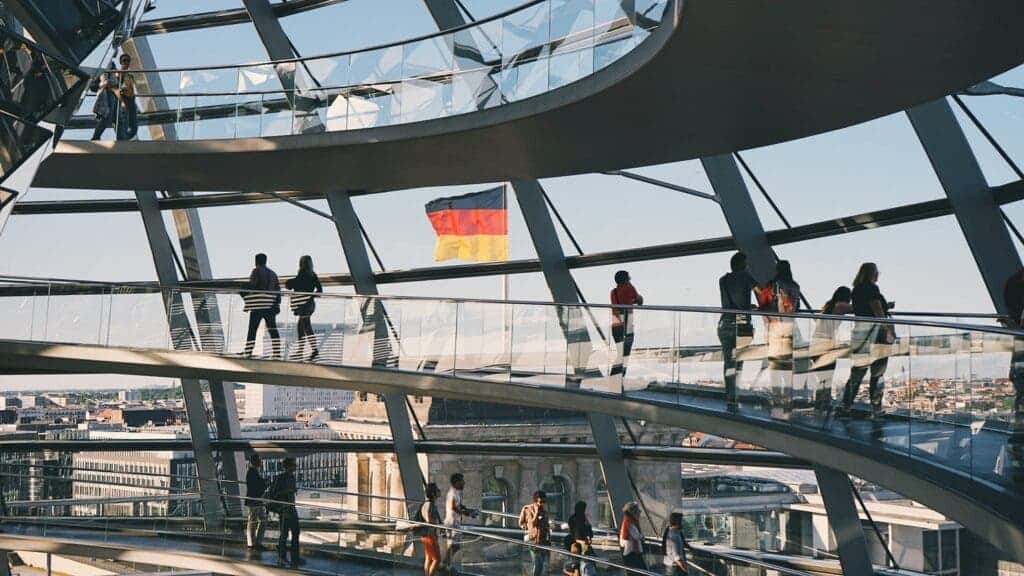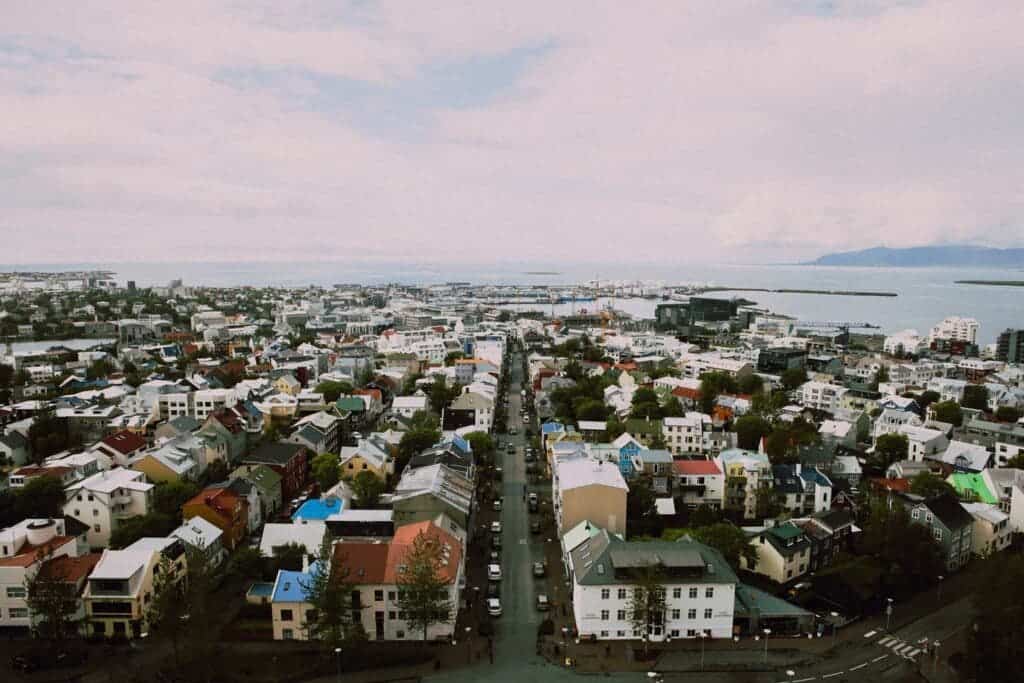It took most countries a while to react to the looming threat posed by the novel coronavirus. Fumbling their response, many governments reacted too slowly or too indecisively in the face of the increasing threat. Like dominoes, most countries fell into a predictable pattern of denial and downplay that substantially delayed action. It’s hard to imagine, in a globalized world, why so many countries made the same mistake.
Which is why it’s even more important to look at those who reacted admirably and see what they did right. Here are some of these lessons, and a few of the places that got it right in the first place.
Be prepared — Taiwan, Hong Kong, South Korea

The SARS and MERS epidemics caused massive scares in some parts of the world, and although they never really took off at the scale the coronavirus has, they left a big enough mark for governments to be prepared for future pandemics.
While most of the world was complacent, some countries took the threat very seriously very early on. It’s better to be safe than sorry, or so we’ve learned over the course of the pandemic (if we didn’t know beforehand).
Act ahead of the curve — Taiwan, Singapore, Japan, New Zealand
This pretty much follows after the first one, but it doesn’t necessarily go without saying. The point is, if you have an alert set in place and the alarm is sounded, action shouldn’t be delayed — and it pays to prevent the curve rather than to respond to it.
Taiwan took action even before its first COVID-19 infection was confirmed on January 21. Travel alerts were issued, airport health controls were established, and quarantine sites were prepared. Meanwhile, New Zealand drew international praise as they managed to contain the disease before it truly established a foothold in the country, likely saving many lives through quick action.
Communicate every day, efficiently — Taiwan, South Korea
Everywhere the coronavirus went, confusion quickly followed — in some cases, confusion came even before the virus. Communicating every day, in clear and understandable language, authorities managed to send a clear message that this is a serious situation that should not be taken lightly.
Even as they only had a single reported case, Taiwanese authorities carried out daily briefings, announcing the state of the situation, what they were doing, and what they expected the population to do. South Korea was very clear about what measures will be taken and what the people can expect.
Use social media to inform people and fight misinformation — Singapore
Let’s dig a bit more into communication. Having high-ranking officials going on daily briefings is an important first step, but that might not be enough. How will you reach people who don’t follow briefings — or the TV — at all?
Social media is an excellent way to complement traditional communication. Singapore‘s government think-tank rapidly developed a multi-language alert system on WhatsApp, the country’s most-used social network. This way, the message managed to reach a far greater proportion of the population, and this also played an important role in fighting misinformation.
Communicate empathetically — New Zealand

If you’re communicating regularly and efficiently, you’re already doing fine. But New Zealand really went the extra mile. As the country went into an early lockdown that was initially criticized, Prime Minister Jacinda Ardern made sure to communicate a clear message: “We’re going hard and we’re going early,” Ms. Ardern told the public. “We only have 102 cases, but so did Italy once.”
But she did something few other leaders had done: she focused on kindness. Perhaps it was Ardern’s intuition or a well-crafted strategy, but either way, New Zealand’s leadership quickly understood that the following period will be extremely stressful. Casually dressed and friendly, Ardern often streams short bits of communication, and almost always ends with the same message: “Be Strong. Be Kind”.
Test, test, test — South Korea, Iceland
It has constantly emerged as one of the major problems in the current outbreak: we don’t really know who’s infected and who isn’t, because many people are asymptomatic. There’s no going around it: if you want to know who’s sick, you need to test *a lot* of people.
The World Health Organization advised everyone to test as much as possible, but few had the capacity (or were willing) to do so. South Korea became the go-to example for this, establishing a system for mass-testing early on, and piloting its trademark drive-through tests. In South Korea, anyone can get tested, and if you are infected, the government pays for the test. Meanwhile, Iceland has tested the highest percentage of people and continues to be extremely meticulous about this.
Trace contacts — Germany
Germany’s case has been a noteworthy outlier, not because it managed to contain the disease, but because of the way it responded as the disease was spreading.

Germany also tested a remarkable number of people (and continues to do so), but it also does something no other country in Europe managed to do: it tries to trace down infection chains. This helps establish a list of high-risk people, and tests can be carried preemptively, which increases the overall survival rate of patients. Speaking of which: of all the heavily affected countries, Germany’s survival rate is by far the best.
Put health over the economy — New Zealand, Germany
It’s remarkable how the two countries showed they prioritize health over economy, though in different ways.
Germany’s large number of hospitals has been criticized by economists for being too wasteful, but it’s in part due to its extensive health system that it manages to have such a high survival rate for COVID-19 patients. Meanwhile, New Zealand showed, through its early lockdown (which was criticized by many local businesses), that people’s lives come ahead of the economy. “Surely, a dead or a dying population is bad for the economy,” Ardern quipped.
Get the private sector involved — Iceland, South Korea

It’s true that on its own, the free market can’t solve a crisis of this nature. But that doesn’t mean that companies should be shunned in the national and international efforts — on the contrary.
South Korea incentivized its companies to invest in medical R&D which paid spectacular dividends when it came to producing tests and face masks. Meanwhile, Iceland’s public-private partnership between the National University Hospital of Iceland and biotech company deCODE Genetics enabled the country to test 10% of its 300,000 people within a week. The project now aims to test everyone in the country.
Be realistic, early — Germany
Political leaders hate to be the bearers of bad news — and this makes Angela Merkel’s decision even more admirable.
It was in early March that Merkel said that according to scientific predictions, some 60% of Germany’s population will get the virus at some point. It’s something that nobody wanted to hear, but it was important to face the scale of the challenge.
Don’t let your guard down too soon — South Korea, Hong Kong
Unfortunately, some of the early success stories let their guard down too soon. Whether it was due to optimism, complacency, or something else, countries such as Singapore and Japan are seeing a second wave of infections.
Meanwhile, Hong Kong managed to reduce the number of daily new infections to under 10, and South Korea’s new infections also number in the dozens every day, thanks to its mass testing capacity. The lesson here is that if you want to relax the lockdown, it’s important to continue mass testing.
Use tech, but respect people’s privacy — Iceland
Tech can play a key role in managing the pandemic, and we’ve seen remarkable results from countries such as South Korea or Taiwan. However, while effective, those solutions work by essentially giving the government information about people’s whereabouts, card transactions, and general behavior. That’s hardly acceptable in many countries, and Iceland managed to find a way around it.
It’s nothing revolutionary, really — several other countries have been working on their own solution, but Iceland has been the quickest in making an app available and used by a significant part of its population. The app charts the virus spread by creating a log of where the user has been — a log which is shared voluntarily and can be turned off at any moment, which is an important distinction here.
There is much else to be said about what has been done right (and probably even more about what has been done wrong). For many areas not-yet-hit by a coronavirus outbreak, applying these lessons could end up saving many lives.
It’s still pretty early in the overall stages of the outbreak, so there are undoubtedly many more lessons waiting along the way.


